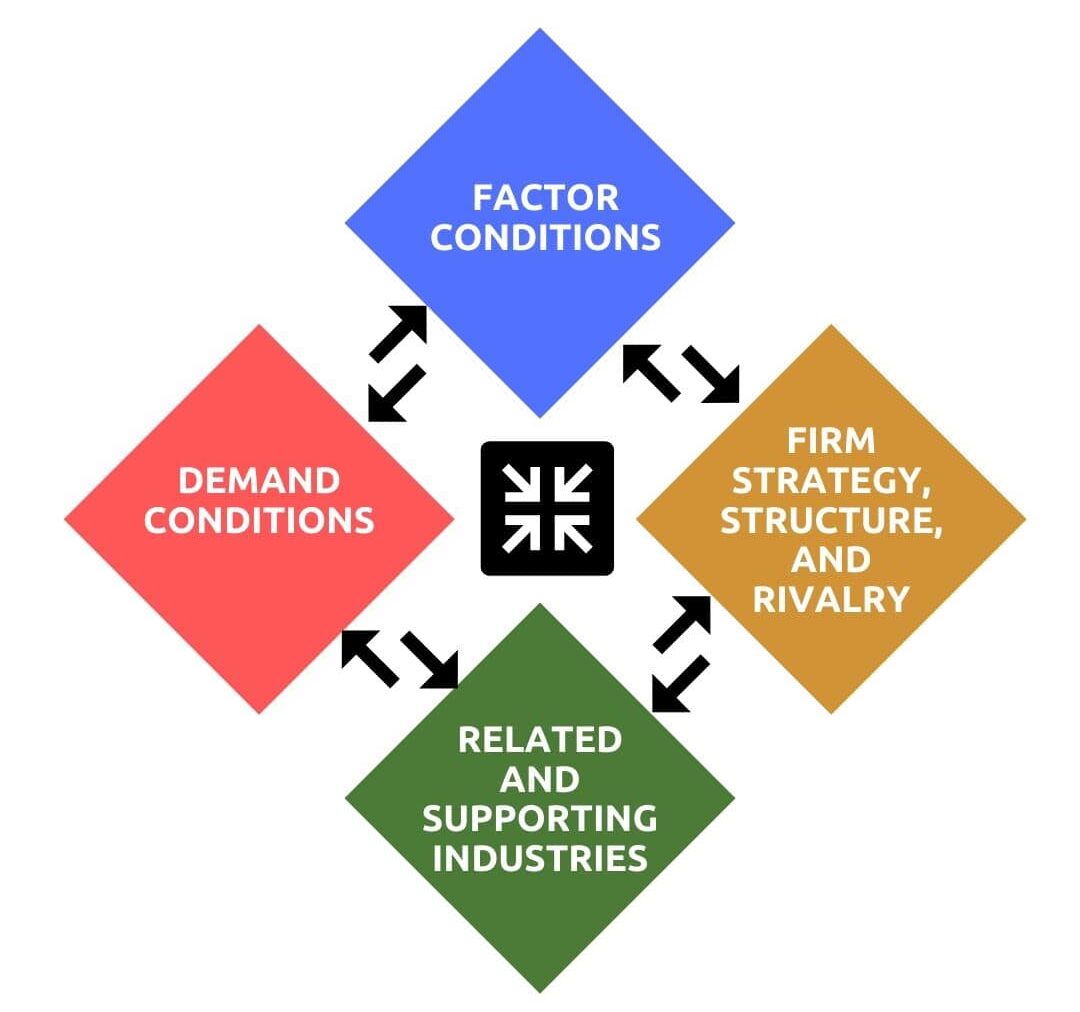A useful planning tool in respect of markets and products is the matrix developed by Igor Ansoff, who is regarded by some as the ‘Father of Strategic Management’. Fully titled the Ansoff Product-Market Growth Matrix, the tool was first published in Harvard Business Review, 1957, in Ansoff’s paper Strategies for Diversification.
The Ansoff Product-Market Expansion Grid or Ansoff Matrix helps to understand and assess marketing or business development strategy. Any business or part of a business can choose which strategy to employ, or which mix of strategic options to use.
This is a fundamentally simple and effective way of looking at strategic development options.… Read the rest



